Idea by
Jacopo Abbate + Martina Mitrovic + Mengyao Han
HORDA
Call for ideas 2017
The City Does Not Exist
The City Does Not Exist
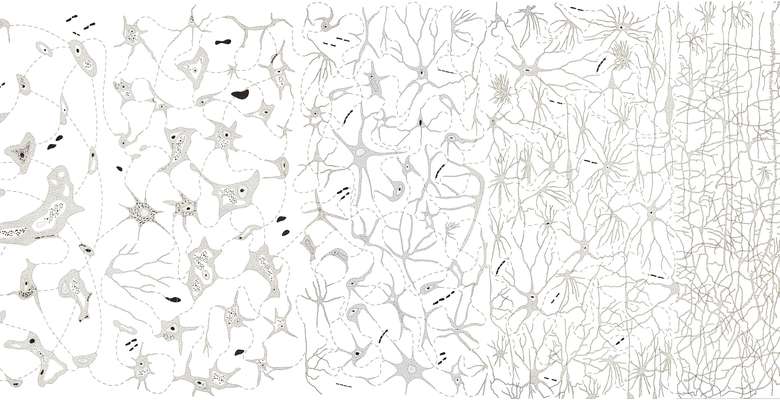
After decades of global debate to figure out how the city should be or what it should become, it is still impossible to define a unique model of transformation. The environment is characterized by a progressive entropic drift: growth of social complexity and drop of evident physical changing. The energy that is moving the cities has deeply modified in the last decades: from mechanical to high technological production, from a centralized structure to infinite networks of informal connections, from closed to open source system, from ethnic homogeneity to complex heterogeneity. If urban transformations used to be visible and explicit, due to a strong hierarchical system, today they are fragmented and weak, provoked by a multitude of individuals. This research examines new procedures of urban planning through a scale of intervention that is big enough to be sustainable and yet small enough to be common and governable.

The research starts with analysis of an urban fabric sample in Milan, Italy. After intense years of physical transformations until the 70s, the sample almost crystalized. No evident modification, a dead urban mineral.
This physical stillness however did not imply a social stillness. In fact, the social structure drastically changed, passing from large nuclear families to a majority of singles or couples. Immigration and globalization created a new hybrid set-up: a multi-ethnic society.
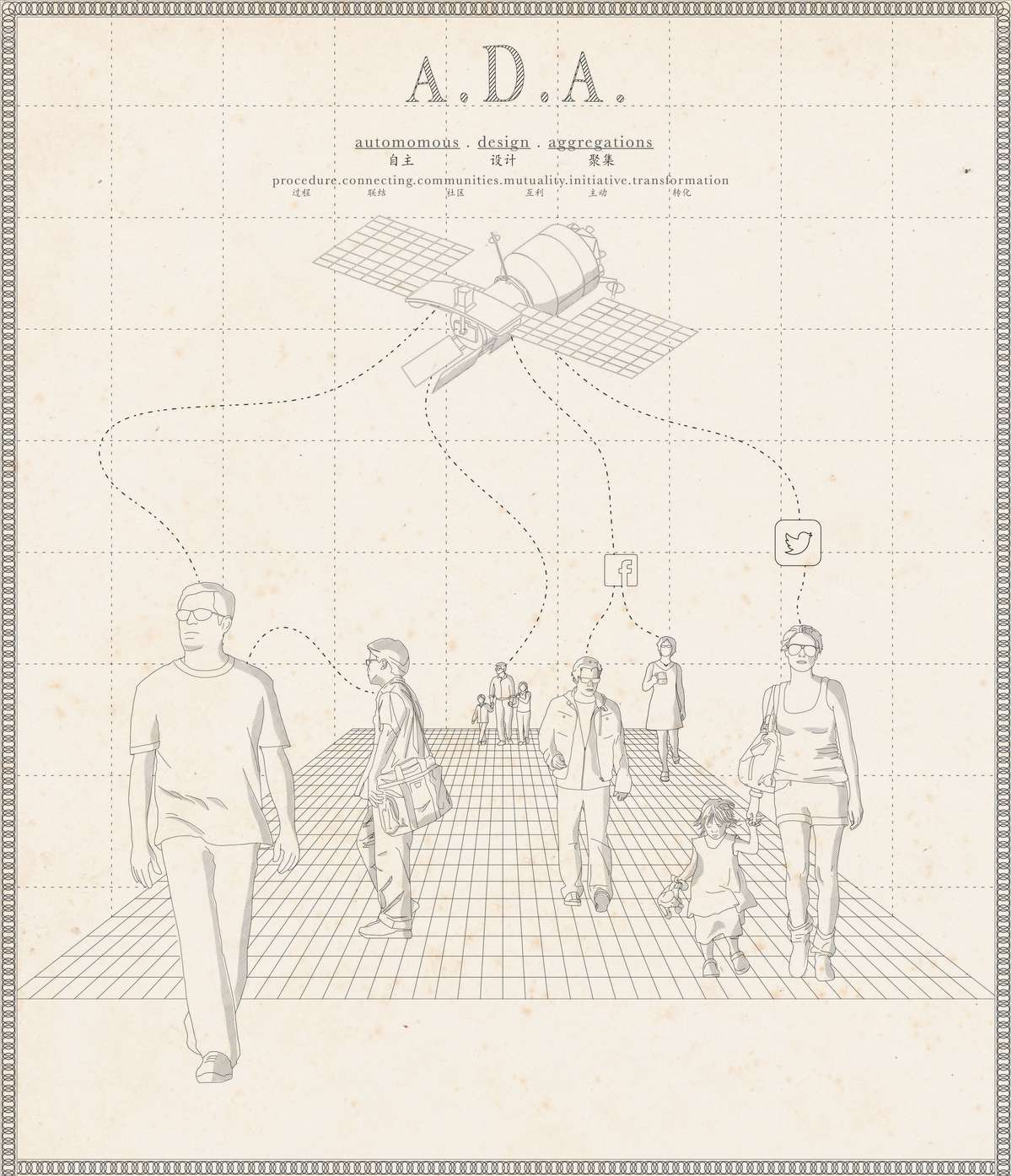
How then the city can change in such physically saturated environment with such complex and heterogeneous population? How can a transformation be unique and accepted by a multi-ethnic society?
We probably have to forget the image of an architectural city and start reading reality with new lenses. A computer every 20 square meters, claims Andrea Branzi. The connections provided by the digital revolution shaped society as an intricate web, where knowledge and facilities are constantly exchanged.

We adopt a procedure, a dynamic digital process, accessible, open and diffused. It does not give any formal answer. The procedure is nothing but the possibility of a direct connection between the actors of the building process-customers, architects and municipality- to provide new houses without the necessity of a speculating third part. Today digital tools -platforms, apps, website- are the place of exchange of work, needs, facilities, benefits.

Following the procedure, the territory can be mapped to identify opportunities to build or renovate. Users express their interest and form small purchase groups. Architects interact directly with them providing a tailored architectural design. Buildings become a collective effort and respond directly to the real needs of the customer.
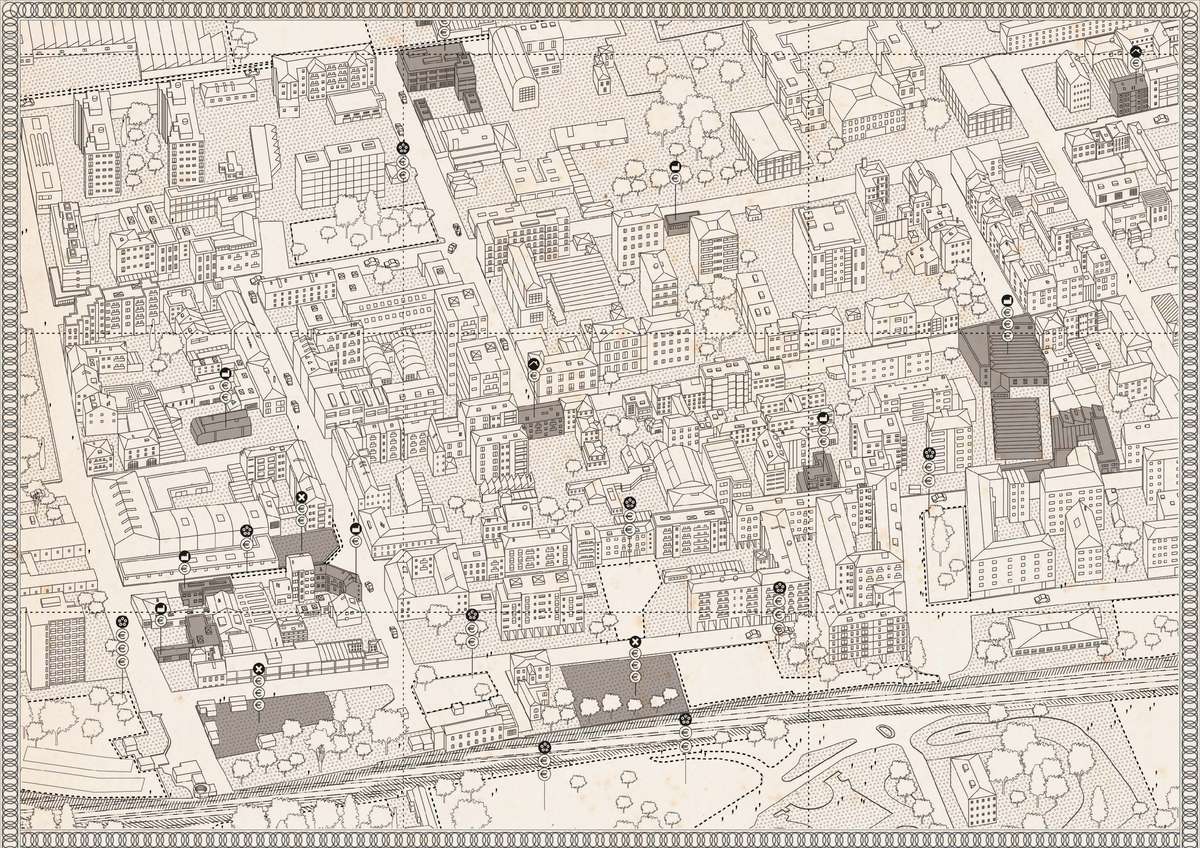
Taxes paid for the realization of the houses can be directly invested in the public transformation areas mapped by municipality and general local plan. Therefore this procedure provides new public spaces in the surroundings for purchasing groups and it directly affects the public sphere. To reprogram the existing, city planning can be interpreted as an accumulation of punctual interventions driven by new digital and collective tools.
The City Does Not Exist
The City Does Not Exist

After decades of global debate to figure out how the city should be or what it should become, it is still impossible to define a unique model of transformation. The environment is characterized by a progressive entropic drift: growth of social complexity and drop of evident physical changing. The energy that is moving the cities has deeply modified in the last decades: from mechanical to high technological production, from a centralized structure to infinite networks of informal connections, from closed to open source system, from ethnic homogeneity to complex heterogeneity. If urban transformations used to be visible and explicit, due to a strong hierarchical system, today they are fragmented and weak, provoked by a multitude of individuals. This research examines new procedures of urban planning through a scale of intervention that is big enough to be sustainable and yet small enough to be common and governable.
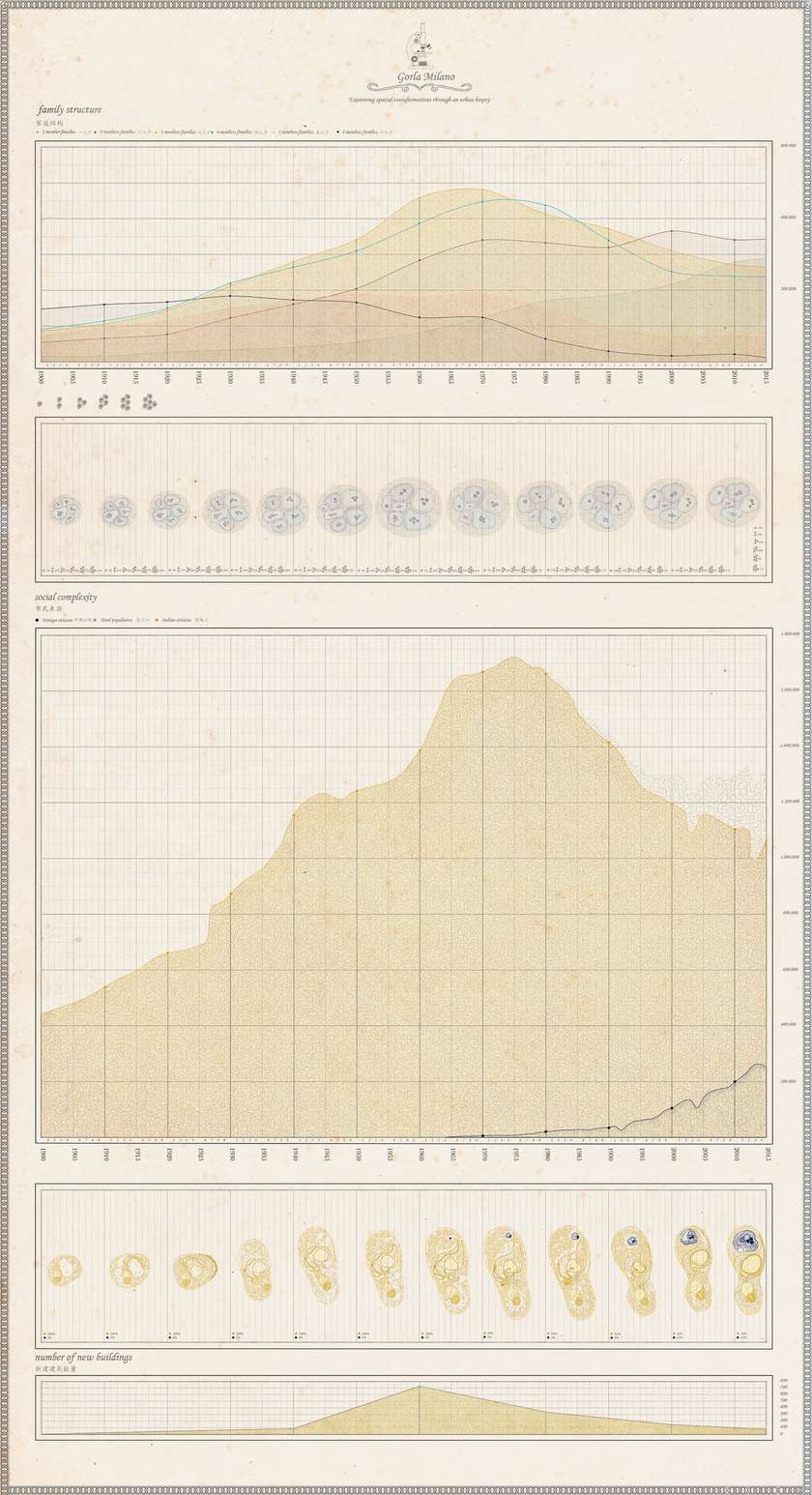
The research starts with analysis of an urban fabric sample in Milan, Italy. After intense years of physical transformations until the 70s, the sample almost crystalized. No evident modification, a dead urban mineral.
This physical stillness however did not imply a social stillness. In fact, the social structure drastically changed, passing from large nuclear families to a majority of singles or couples. Immigration and globalization created a new hybrid set-up: a multi-ethnic society.
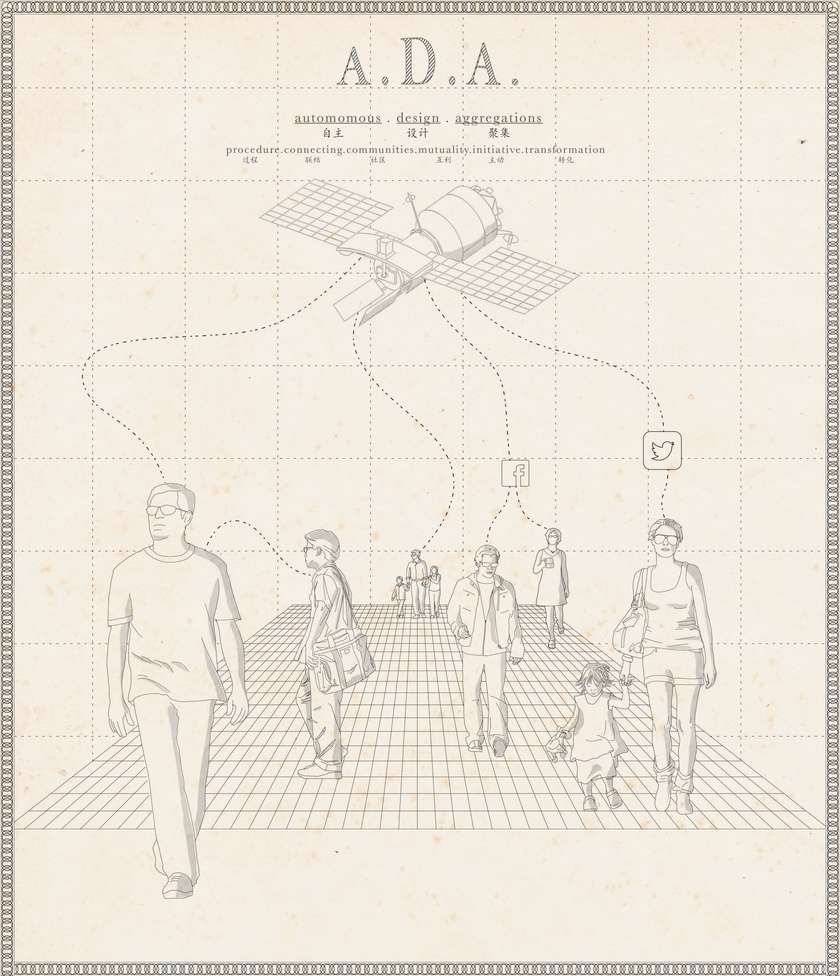
How then the city can change in such physically saturated environment with such complex and heterogeneous population? How can a transformation be unique and accepted by a multi-ethnic society?
We probably have to forget the image of an architectural city and start reading reality with new lenses. A computer every 20 square meters, claims Andrea Branzi. The connections provided by the digital revolution shaped society as an intricate web, where knowledge and facilities are constantly exchanged.
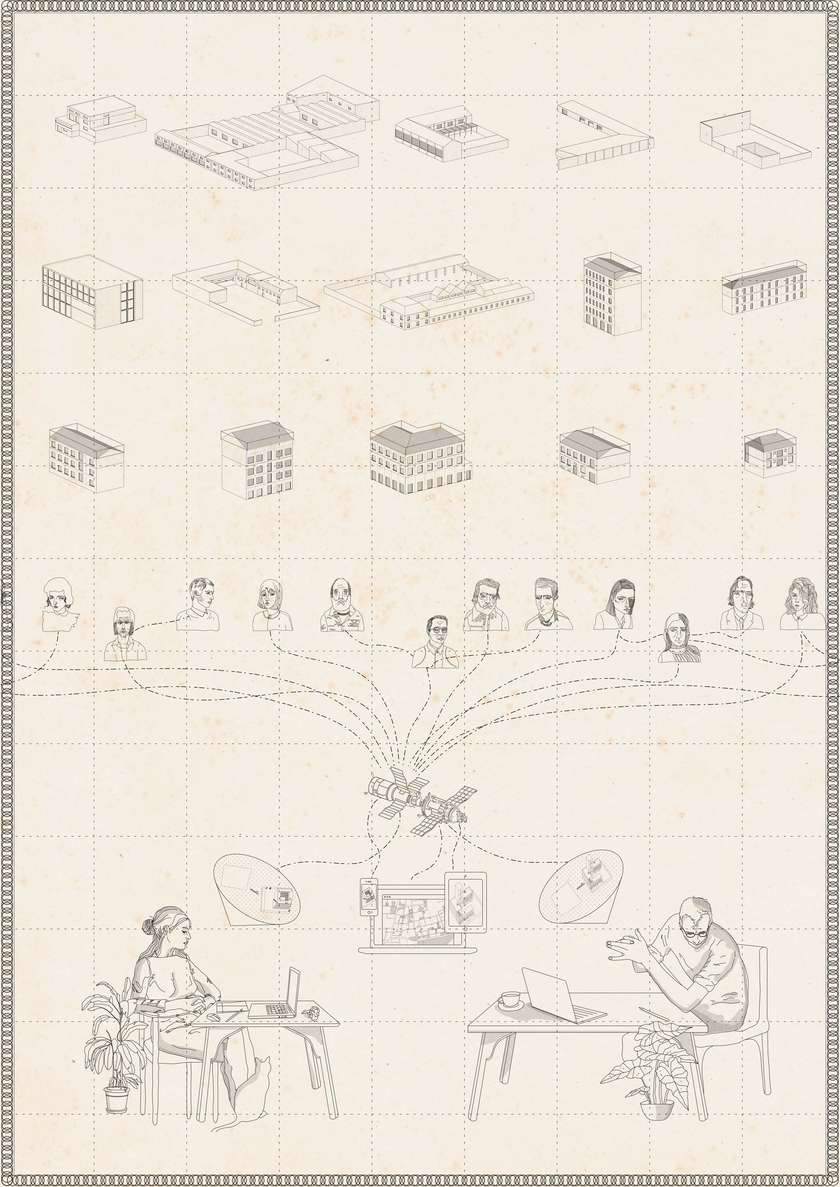
We adopt a procedure, a dynamic digital process, accessible, open and diffused. It does not give any formal answer. The procedure is nothing but the possibility of a direct connection between the actors of the building process-customers, architects and municipality- to provide new houses without the necessity of a speculating third part. Today digital tools -platforms, apps, website- are the place of exchange of work, needs, facilities, benefits.

Following the procedure, the territory can be mapped to identify opportunities to build or renovate. Users express their interest and form small purchase groups. Architects interact directly with them providing a tailored architectural design. Buildings become a collective effort and respond directly to the real needs of the customer.
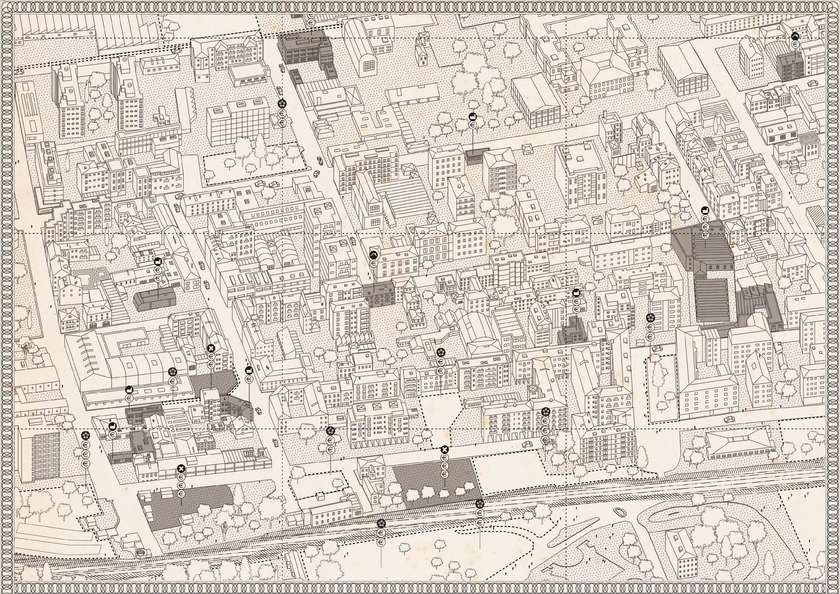
Taxes paid for the realization of the houses can be directly invested in the public transformation areas mapped by municipality and general local plan. Therefore this procedure provides new public spaces in the surroundings for purchasing groups and it directly affects the public sphere. To reprogram the existing, city planning can be interpreted as an accumulation of punctual interventions driven by new digital and collective tools.